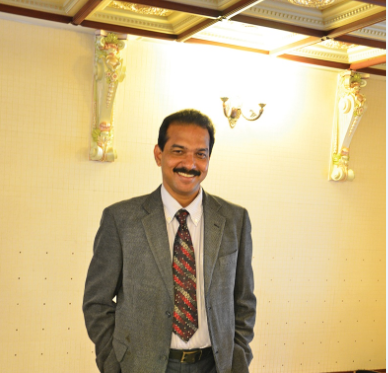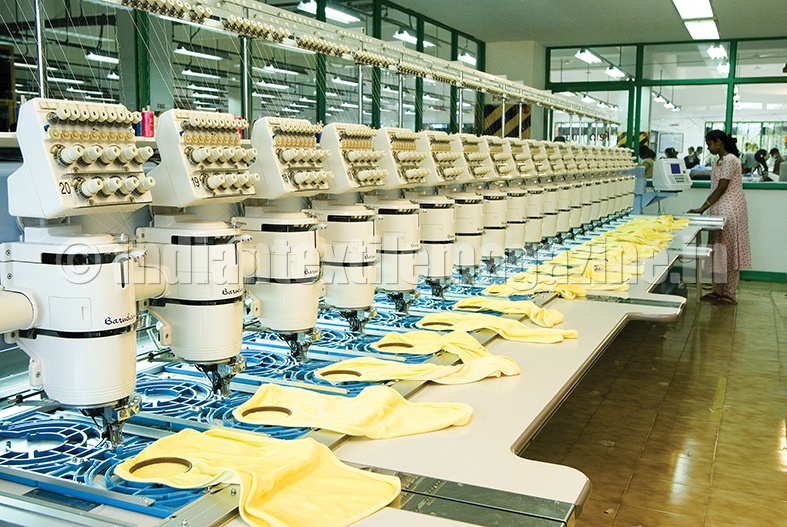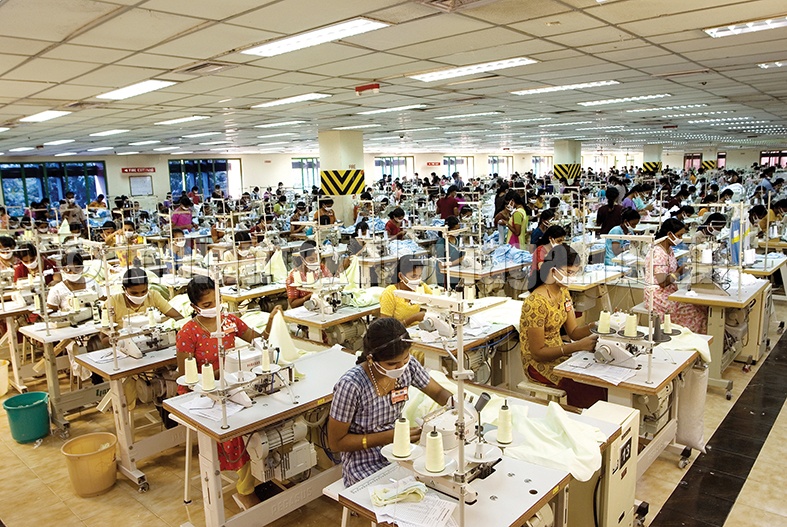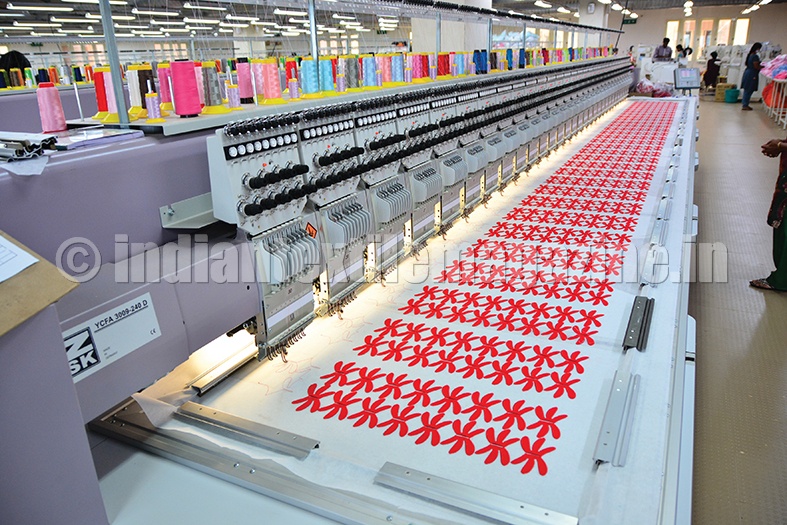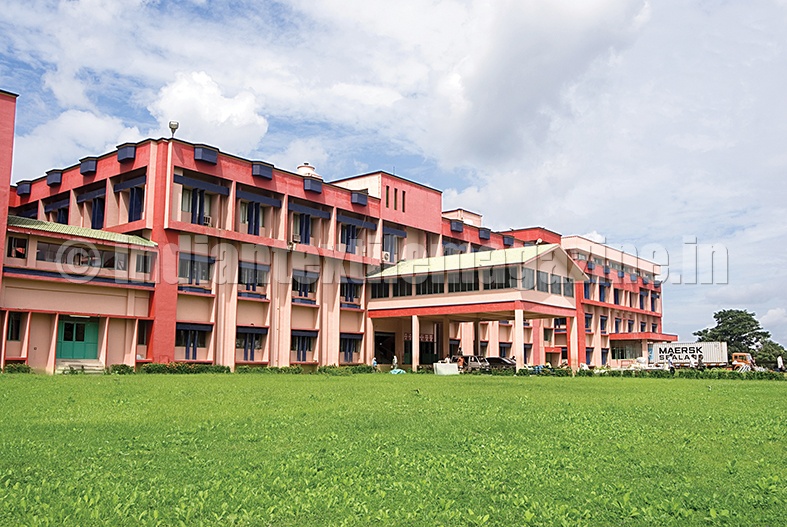The year 2014-15 was a significant one for Kitex Garments Ltd. (KGL). The company managed to achieve an all-time high performance on account of both revenue and profits. While the turnover touched Rs. 524.51 crores, which was up by 15 per cent, and PAT moved up to Rs. 98.51 crores, which was 72 per cent higher compared to the previous year, Kitex aspires to become the first in the world in the infantwear apparel segment by 2018.
Mr. Sabu M. Jacob, Chairman and Managing Director, Kitex Garments, says: “These achievements were possible by implementation of higher levels of modernisation, selection of appropriate technology, right product mix combined with efforts put in by the whole team in the management hand in hand with a team of 4,000 dedicated employees”.
He adds: “Simultaneously, we made considerable advancement towards our corporate goal for Kitex: to be a worldwide leader in infant apparels and a global supplier of choice. Today, with an ability to manufacture 5.5 lakh pieces of infant wear per day, globally, we stand as the third largest player in our segment”.
In 2014-15, Kitex replaced old sewing machines with newer ones. The new machines come with increased speed of 9,000 stiches per hour compared to 7,000 stiches of the old machines and would need only one-third power consumed by the old machines.
Similarly the company has installed a bow-making automated machine requiring just one person compared to 50 people earlier. All these strategies implemented in the previous years make Kitex one of the most operationally efficient players in the industry.
For infant wear manufacturing KGL has 10 blocks at present. Each block has eight lines and every line has 25 machines and 40 employees. Each line can produce 5,500 pieces a day. It operates just one eight-hour shift and the current capacity stands at 550,000 pieces per day. The company plans to add another 64 lines over the next two years and can add three more blocks in the same campus.
Kitex is planning to invest Rs. 102.50 crores during 2014-2018 for increasing capacity from 5.5 lakh pieces per day to 1.1 million pieces by 2018. The goal is to increase capacity utilisation from 65 per cent in 2014-15 to 75 per cent by 2015-16.
Key strategy
It’s a known fact that parents across the globe take utmost care and are expressively involved while selecting garments for their infants. Apart from the design and brand the key factors in selection of infant garments are safety and quality. Kitex over the years has adopted the most advanced quality and safety standards in infant garments manufacturing.
The global childrenwear market is estimated to hit a value of 155 to 170 billion by 2017, unhampered by the global economic meltdown. The US remains Kitex key market. As per the recent report by Euromonitor, baby and toddler wear in the US showed its strongest growth in the post-recessionary era. Consumers who were finally gaining comfort in their financial position expanded the variety of clothing they purchased for their babies, rather than sticking to a few apparel items.
The report projects that in the US the population of children aged 0-3 will increase by a CAGR of less than one per cent, amounting to two per cent overall growth by 2018. Baby and toddler wear is expected to grow at a slightly faster rate, increasing by four per cent in terms of volume.
Mr. Sabu Jacob observes: “As an outcome of improved economic conditions most of our leading clients in the US and the UK improved their performance significantly in 2014. Beyond the US, leading brands like Mothercare and Carters also have expanded their foothold in other developed markets as well as emerging markets like India. With the Indian market expected to open up in the next 2-3 years, Kitex is poised to take advantage of this emerging opportunity as a preferred supplier of these global brands and through savings on logistics and duties. We continue to spend a significant amount of time articulating our strategy for enhancing Kitex Competitive Advantage. Our strategic planning and implementation is directed towards resource optimization, technology upgradation, enhancing product & delivery excellence as well as identifying business & better customer service opportunities”.
Kitex has invested Rs. 30 crores in the last financial year for augmenting production lines, modernization of process plant and mechanization of production line to the extent possible. These have contributed much to the profitability of the company.
Kitex intends to further its performance through backward integration of its operations into the spinning segment and also by takeover and merger of similar product companies. The company is actively considering various options both in India and abroad, and concrete proposals are likely to be taken up by the Board of Directors during the next 12 to 18 months.
Mr. Sabu Jacob further discloses: “Going forward we plan to further leverage our competitive advantage in the US. As part of our strategy to expand our market in the US, we have incorporated a company in the name of Kitex USA LLC at Delawear which opened its office in April last with design, marketing and merchandising teams in place. Plans are afoot to register our own brands in the US and exploit the power of e-tailing by direct marketing through our licensed brands. We propose to put a new private label by Spring 2016 and our own label by this year end. By opening a new office, we plan to change over from F.O.B. to LDP terms which will be more attractive to buyers and will aim for additional profits to accrue to the company. This will help us gain more proximity to the consumer pulse. Major international buyers like the Childrens Place, Gerber, Toys RUs, Carters, Mothercare and Jockey have placed new orders upto end of 2016. We are confident that by the end of 2016 we will further consolidate our position as a leading infant wear manufacturer in the world”.
Established in 1991, Kitex Garments Ltd. is into 100 per cent export of cotton garments, especially infant wear. It exports its products to the US and European markets. The vertically integrated manufacturing plant makes infant wear as well as fabrics.
The growth forecast for China, where investment growth has slowed and is expected to moderate further, has been marked down to below seven per cent. The authorities are now expected to put greater weight on reducing vulnerabilities from the recent rapid credit and investment growth, and hence the forecast assumes less of a policy response to the underlying moderation. This lower growth, however, is affecting the rest of Asia.
The big business houses in the US and Europe manufacturing and dealing in textiles and garments depend upon India, China and the neighbouring countries, due to availability of raw materials and skilled labour at lower prices, in order to get the required output at the lowest possible cost.
China, Europe, Japan and the US, the four major economies in the world, will largely determine the direction of the global economy through the rest of this year and into 2016. The good news is that the advanced economies overall will perform more strongly and contribute more to the global growth in 2015.
